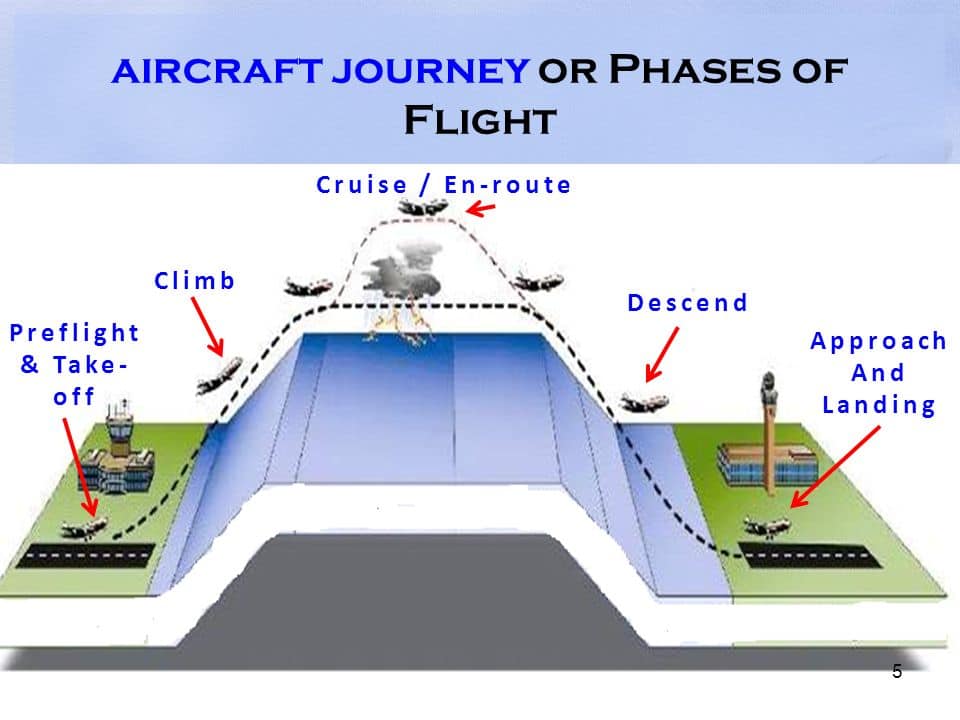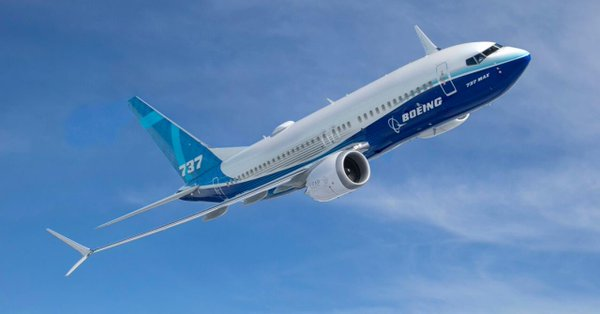Unlike to road drivers, captains and pilots got through alot of steps to ensure that a flight departs and lands to its destination safely.

Pilots fly planes by navigating them through a series of steps and pre-determined coordinates.
Below is a simple description of what usually happens
Phases of Flight – Basic Explanation
- Pre-departure
This is the preparation time for flight. The pilots will commence with a walk around of the aircraft, which is a visual inspection of the entire outside of the aircraft to check for any abnormality such as an oil leak, tire wear or damaged control surfaces, etc. They will then program all of the computers in the flight deck in accordance with their flight plan, check to be sure fuel is loaded, and commence all their prestart and systems checks prior to passengers boarding.
Cabin crew will check their emergency equipment in their allocated area, ensure their harness/seatbelt is adjusted to fit and check catering supplies before conducting a final security check of the cabin before passenger boarding. - Clearance to Taxi
Once the aircraft is boarded with passengers, loaded with cargo and all doors closed, the pilots will obtain a ground clearance from the airport control tower to taxi. The aircraft is then pushed back, typically with a tug. When the aircraft is clear to power under its own steam, the tug is unhooked and the aircraft will taxi (manoeuvre) to the take off runway. - Take-off
When the aircraft accelerates to a flying speed that is particular to every flight, it becomes airborne and the landing gear is retracted. The actual take off speed and distance required for every flight varies due to a number of factors: pressure height, wind speed and direction, aircraft weight, air temperature, flap setting, runway gradient, clearance and operational requirements. - Initial climb
An aircraft needs a lot of power to take off, and therefore, in normal operational conditions, a power setting close to maximum thrust will be set for take off. However, like a car engine, jet engines burn more fuel and wear out quicker when working at maximum revs, so the pilots will reduce from take off power to a lesser thrust for a climb when a safe altitude is deemed to have been reached. (This often causes some concern to passengers as they hear the engines reduce their noise output, and often they will feel the aircraft slow down or even feel as though it is falling out of the sky).
The wheels are retracted as soon as the aircraft is airborne to reduce drag and help lift the airplane.
Technically, landing gear retraction occurs once there is insufficient runway left to be able to land should an emergency happen. Why lift the wheels when you might have to use them in an event of engine failure? (It’s a safety precaution in that, with so little elevation and time, you would have time enough to lower the wheels). - Climb to cruise altitude
About five minutes into the climb (longer if experiencing low level turbulence), the pax (passenger) seatbelt sign is turned off in smooth conditions. This is the cue for flight attendants to be able to unbuckle their seat belts and commence the inflight service. At this time, the Cabin Manager makes the post take off PA (public announcement). - Cruise altitude
This is where the bulk of the flight is spent. Optimum cruise altitude depends upon the weight of the aircraft, and typically, an aircraft will ascend (climb) as the flight progresses and fuel weight is burnt off. While it depends on the wind at altitude, it is more fuel efficient to fly as high as we can for as long as we can. - Descent
The descent phase is the decrease in altitude from cruise altitude to initial approach altitude. This is approximately 20 minutes from our estimated time of arrival (ETA). At approximately
10 minutes before landing, the seat belt sign will be turned on by the flight deck crew, which enables the cabin crew to do a ‘final secure’ of the cabin for landing. - Approach
At this time, the aircraft has to be configured for landing, and this is predominately predetermined at the flight planning stage. The aircraft will gradually slow down, the flaps at the rear of the wings and the slats at the front of the wing will be extended to create more lift at a slower speed, which ultimately lowers our landing speed. The wheels will be lowered and the aircraft will line up on what they call ‘final’ and continue down the approach path and land. - Landing
This is the critical stage of flight where the aircraft slows to such an extent that it literally falls out of the sky just inches from the ground. The landing speed is different for every flight and is dependent on the same factors as for takeoff. The aircraft will deploy ‘lift dumpers’ on top of the wind to break the smooth airflow over the wings and destroy any ‘lift’ component. They are often referred to as speed brakes. Wheel brakes are applied, and reverse engine thrust is also activated. Reverse thrust is where the air exiting the engine is redirected forward to in effect blow the aircraft backwards and help slow it to taxi speed. - Taxi to Terminl
This is manoeuvring from the runway after landing to the terminal via the taxiways to a designated arrival bay.
11.Post flight
This is where you change crews or ‘turn around’ and do everything all over again for the next leg.
Sources: Airnet














